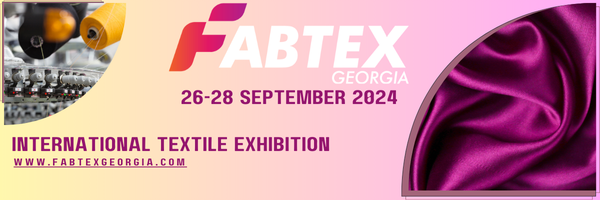Tanatex Chemicals, headquartered in Netherlands, a textile processing solution provider, has invented a process that accelerates the dyeing of polyester.
So what does it do! In addition to delivering exceptional quality, it saves considerable amount of energy, process time and water.
The process involves preheating of the machines to 40 degrees, into which polyester product is added and the temperature is increased to one degree per minute. The polyester is kept inside the machine for 40-50 minutes more.
How’s Tanatex got innovative here?
Most of the dyehouse managers and technical engineers avoid any variation, as over the years it’s been difficult to have one recipe that fits everything since the dyeing process relies on different variables like machine type, water quality, dyestuff, auxiliaries, dyeing method and end users.
The new process by Tanatex goes against the set standards and helps in attaining a constant quality in polyester dyeing.
Commenting about saving time, Harald Gruenewald, Business Development Manager of classical textiles at Tanatex Chemicals, said “Our lab technicians measure how much time you can save in which phase of the dyeing process. The first part of the heating process, for example, is a relatively safe part as colours start migrating to the fabric around 90 degrees. At 130 degrees, colour migration is in full swing, meaning you need to slow down just a little bit to get to evenly spread colours.”
Harald adds that the process can save around 20 to 30 minutes per dyed batch as almost 6 batches are done daily on 1 dyeing machine. This will save around 120 to 180 minutes daily on one machine, which is between 14 and 21 hours per week and around 56-84 hours per month.
Furthermore, it suggests around 84 hours less energy and water usage. The time and resources saved here also can help reduce the carbon footprint that dyeing unit generates.


















